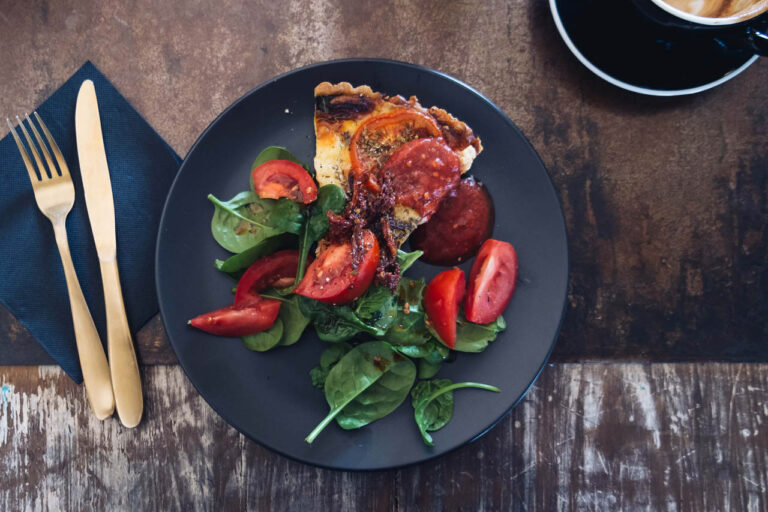Polyethylene terephthalate is the most typically used polyester material for disposable canteen. This material is used to make a variety of common consumer items such as soda bottles, peanut butter containers, and salad dressing bottles. This is because this sort of plastic bottle can be formed into a variety of shapes, sizes, and colors making it an ideal choice when packaging durable goods. Plastic bottles made from PET material are lightweight, sturdy, shatter-resistant, and provide a good barrier to outside aspects such as moisture or chemicals that can affect the contents inside.
The bottle label tells the consumer where and who made the product, what components it contains, and any other relevant information. Bottle branding may differentiate products and attract purchasers. Some hard plastic containers include resin identifying codes. There may be codes. Low-density polyethylene, or LDPE, for brief, is a very lightweight plastic, which is used in the production of bottles. It’s also flexible and transparent, making it popular for use in freezer bags. Low-density polyethylene has good chemical resistance to acids (vinegar), alcohols, salt services and oil but not solvents or ketones.
There are different kinds of plastics because they can be designed to have details properties, such as being able to hold liquids without leaking or being transparent. Different kinds of plastics also vary in their stiffness and flexibility so not all items will work well with each type of plastic for manufacturing bottles. For example, a very flexible plastic would not work well as the body of a cars and truck. One of the most common kinds of plastics used to make bottles include: High-Density Polyethylene (HDPE), Low-Density Polyethylene (LDPE), Polyvinyl Chloride (PVC or vinyl), and polypropylene (PP). Many other sorts of plastic bottles can be made from all the different sort of plastics mentioned over but these are some common instances you will likely see in your everyday life.
squeeze bottle caps , diol fins, and fragrant vinyl compounds yields petroleum resins and synthetic hydrocarbon resins. Cracking natural gas liquids, gas oil, or petroleum naphtha produces these unsaturated monomers. Synthetic hydrocarbon resins are petroleum resins. Individuals are usually torn between reusing and recycling plastic bags, containers, and in this case, plastic bottles. First off, is it risk-free to reuse plastic bottles?
Polyvinyl Chloride (PVC) comes from the thermoplastic polymers family members. It is widely used for making different type of plastic materials, including plastic bottles. PVC makes the water bottle clear and shatterproof. On top of that, it also prevents any kind of chemicals to be blended with your drinking water which suggests no more worrying about harmful results on our health. Besides being used in the manufacturing of different sorts of plastic canteen, PVC is widely used in the building and construction industry. PVC is resistant to many chemical compounds, including strong acids and bases. It does not corrode easily when exposed to different weather conditions.
The answer is both yes and no. Like explained earlier, plastic bottles are made with different motives. Likewise, some are designed for reuse and other types of plastic bottles are only planned for one-time use. So, exactly how exactly can you separate between reusable plastic bottles from those created for single use only? We’ll answer that question here in detail. If not aware, the biggest threat related to the reuse of plastic bottles is the contamination that can occur from bacteria. Most plastic bottles that are designed for single use are usually tougher to clean. As a result, there’s a high chance that liquid remnants can cling easily on the plastic bottles, which can cause bacteria growth.
Plastic bottles are a common sight in the modern world, as they’re used as containers for many different sorts of liquids. However, not all plastic bottles are created equally, there are seven different types that you might discover on the shelves or at recycling centers. These plastics vary considerably in their durability and cost-effectiveness, and knowing which type one is managing can be valuable when it concerns determining what to do with them. This post will explore those 7 common types of plastic bottles.
The material used to make a bottle determines its density. Plastic bottles store water, sodas, motor oil, food preparation oil, medicine, shampoo, milk, and ink. Liquid transfer is also regular. From tiny bottles to huge carboys Consumer blow-molded containers usually feature manages or are very easy to hold. Manufacturing requires labor, money, and land. Most manufacturing methods intend to produce goods rapidly and efficiently without endangering quality. Manufacturing objectives, output, and technical equipment or software determine a company’s production technique.
Subscribe to Updates
Get the latest creative news from FooBar about art, design and business.
